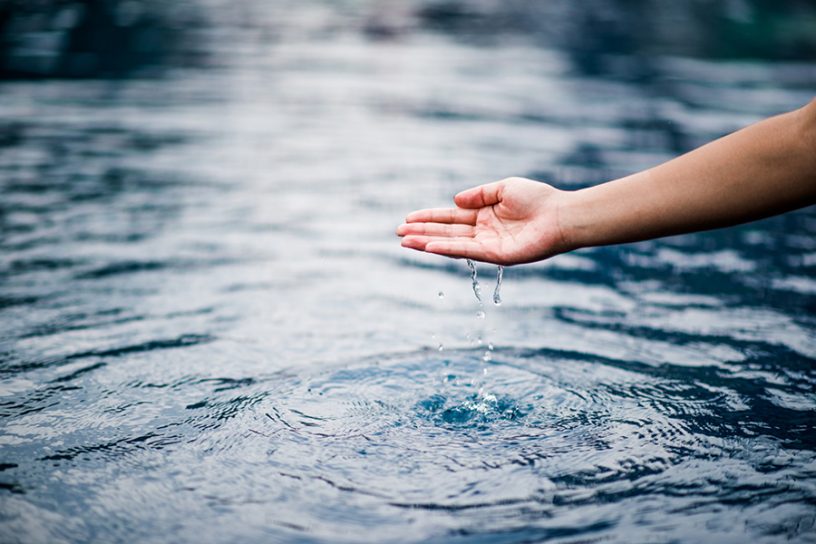
The ongoing climate warming constrains water availability on supply side and higher demand for various reasons are a potent mix for disaster, a double whammy.
Authors
Kumar Manish, Assistant Professor, Jindal School of Environment & Sustainability, O.P. Jindal Global University, Sonipat, Haryana, India.
Maharaj K Pandit, Professor & Dean, Jindal School of Environment & Sustainability, O.P. Jindal Global University, Sonipat, Haryana, India.
Summary
A baffling aspect of international treaties and negotiations on the climate crisis relates to complete silence on the water woes of the globe. There is little appreciation for the fact that freshwater on the earth is as scarce as some of the most precious metals. Less than 3% of the earth’s water comprises fresh water and of this over 2% is locked in glaciers and less than 1% makes up for all the ground water, soil and atmosphere moisture, lakes and rivers.
Given these natural constraints on water availability, international forums on environment, development and climate have shown no concern to bring water to the negotiating table. As more and more water bodies dry up globally, international interlocutors have opted to be the proverbial ostriches hiding their heads in the sand which is raising its head literally across geographies. If lack of collective action to tackle the climate crisis was the first sin of the global leadership, ignoring the global water problem is the clear second sin. This needs to change and change immediately.
Asia-Pacific is the most populous region in the world in which approximately 4.3 billion people (60% of the world’s population) live across 40 nations. The region is also one of the most water-stressed regions of the world. More than 95% of Asia’s human population faces water stress (annual water availability less than 1,700 cubic meter per capita) and 75% of Asia is water scarce with annual water availability less than 1,000 cubic metres per capita. Estimates of the Asian Development Bank suggest that the shortfall between water availability and its demand is likely to increase to 40% by the year 2030.
Higher demand from agricultural sector, the development of urban infrastructure and general water mismanagement have all contributed to the water crisis in the region. The ongoing climate warming constrains water availability on supply side and higher demand for various reasons are a potent mix for disaster, a double whammy. We may be reaping the harvest of free electricity and the penchant for free lunches among the electable and the electorate does not seem to ebb at all. Mankind has perhaps collectively expressed a death wish.
Published in: Hindustan Times
To read the full article, please click here.


